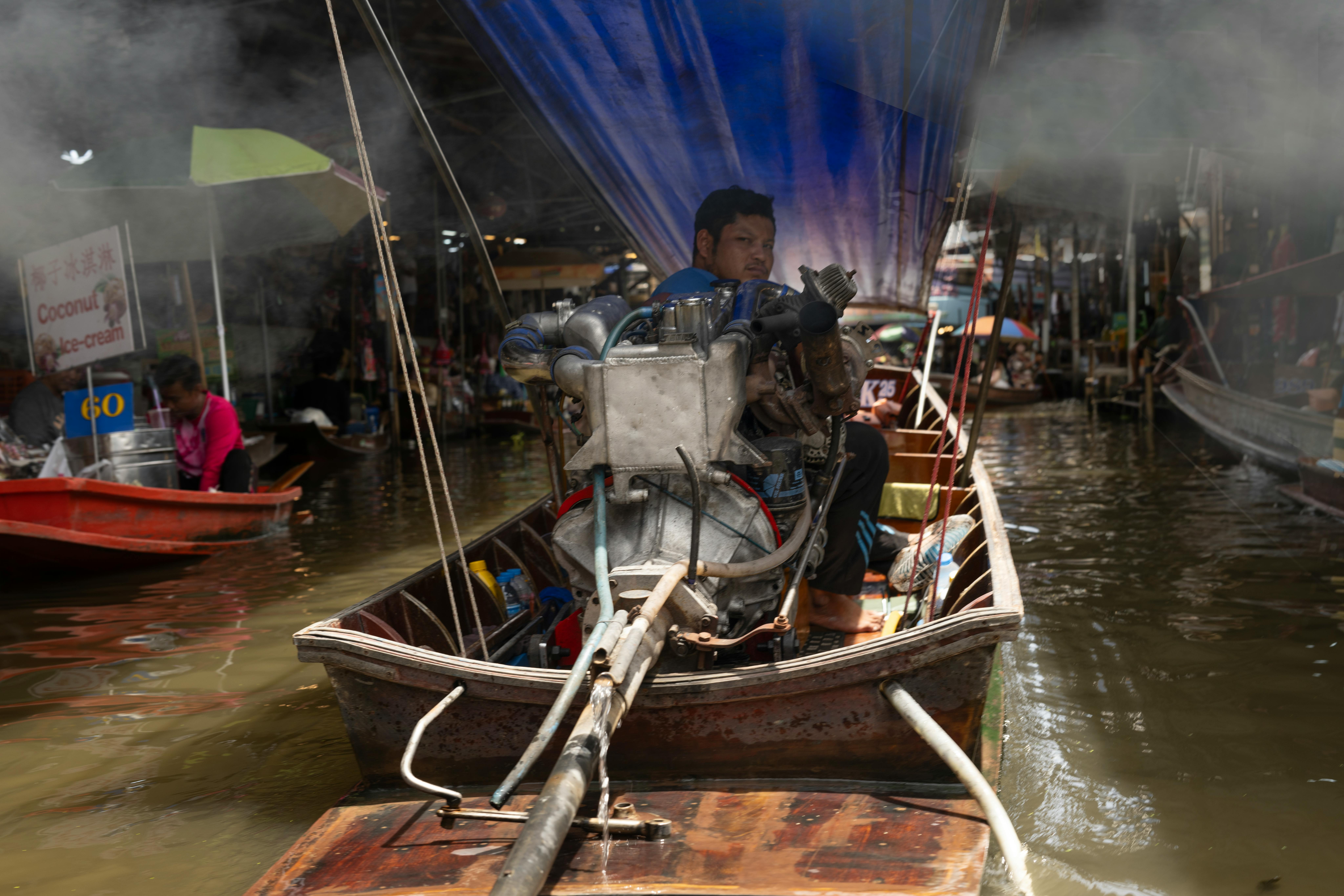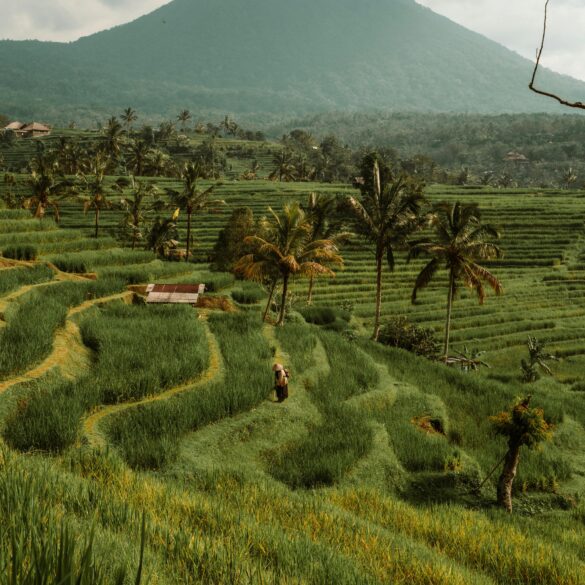Thailand Destination Branding: Proven Global Tourism & Investor Strategies
Ever wondered why some countries seem to shine brightly on the global stage, effortlessly attracting both wide-eyed tourists and confident foreign investors at a time when competition for attention is at an all-time high? Thailand, in particular, has spent the last decade masterfully crafting its international marketing strategies, positioning itself not only as a dream destination but also as a vibrant magnet for global business leaders. Honestly, I’ve watched the evolution from afar and up close—with just enough insider perspective to know it wasn’t always so seamless. Back in 2015, while consulting for an ASEAN travel federation, I realised Thailand’s edge wasn’t accidental; it was built.1
In my experience, successful destination branding hinges on a careful blend of storytelling, action-oriented campaigns, real-time adaptation, and—let’s be candid—some occasionally messy experimentation. Thailand’s journey hasn’t been flawless, but it’s genuinely instructive for anyone aiming to build lasting resonance across diverse audiences. We’ll dig into vivid anecdotes, up-to-date data, recent pivots, and first-hand lessons that still puzzle me so much, I often revisit them at odd hours. Whether you’re a professional marketer, policy advisor, or researching as a student, here’s what matters: Thailand’s formula is practical, human, and adaptable.
Case Studies, Campaigns, and Tactics
Moving on, let’s dig into the nuts and bolts—the real-world campaigns, breakthrough tactics, and branding “moments” that have propelled Thailand’s global profile. One campaign that stuck with me was the much-praised “Open to the New Shades.” To be completely honest, I was skeptical at first; the tagline felt vague. But, as feedback rolled in, I realised just how much those words signaled inclusivity, flexibility, and new discovery. At an industry panel in Singapore, Thai marketers walked us through how they used color as metaphor—bridging local culture with cosmopolitan aspirations.10
- Dynamic audience segmentation—real-time campaign adjustment based on market feedback
- Multi-channel narrative: from Instagram Stories to trade summits and grassroots events
- Seasonal content adaptation: shifting between monsoon-themed nature adventures and business investment conferences
- Direct invitation for international entrepreneurs to co-create new festival experiences

Challenges, Cultural Factors, and Forward Trends
Let me think about this—if Thailand’s branding success seems seamless from the outside, the truth is the reality on the ground is far more complex. I’ve consistently found that rapid success breeds unexpected challenges: cultural authenticity vs. global “homogenisation”; seasonal surges creating strain on local resources; and economic policies needing near-constant recalibration.16 For marketers, these tensions are real and sometimes uncomfortable. Last year, during a Bangkok round-table, I listened as tourism board officials debated balancing heritage preservation with tech-driven outreach. The more I think about it, the more I realise there’s no perfect approach—just continuous learning.
- Authenticity vs. scalability—how do you tell a ‘real’ story at global scale?
- Seasonality issues—monsoon months vs. peak Western holidays
- Regulatory adaptation—foreign investor rules, real estate reforms
- Cultural nuance—local etiquette, diaspora involvement, influencer risks
Actionable Takeaways & Future-Proof Strategies
Okay, let’s step back—a practical summary. What can destination marketers, government advisors, and ROI-focused investors take from Thailand’s experience? I’ll admit, some lessons come from hard-won experience, others from failed pilots, and a few from “happy accidents” during real-time pivots.21 Here are the strategies that consistently work:
- Embrace flexible multi-season, multi-audience messaging. Don’t lock campaigns into a single mood or segment; surf seasonal and market trends.
- Activate local participation and diaspora outreach. Co-create with stakeholders at home and abroad to future-proof the brand against cultural drift and backlash.
- Leverage event-driven investment opportunities. Major festivals, tech summits, and innovation clusters are prime venues for cross-sector engagement—for both tourists and investors.22
- Iterate brand positioning based on real-time data. The market shifts fast—so should your campaigns. Action isn’t perfect, but perfection isn’t the goal.
- Integrate sustainability and digital transformation. Modern audiences (especially investors) demand measurable environmental and innovation credentials. Make them visible, credible, and central to the brand.



